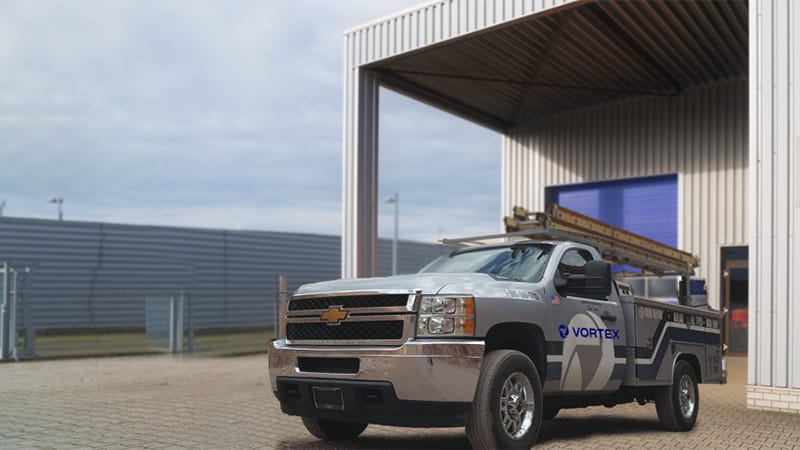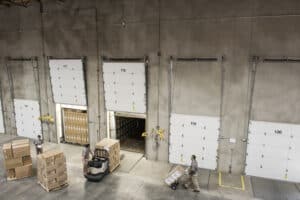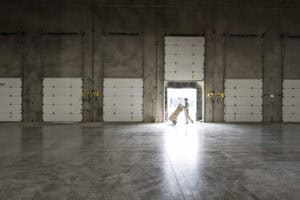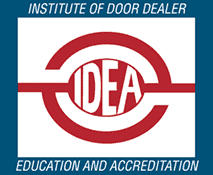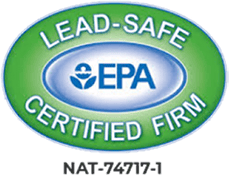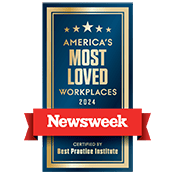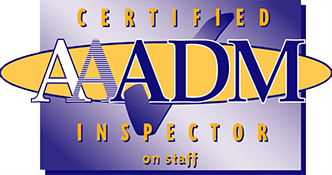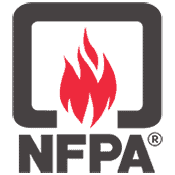Best Commercial Doors for Cold Weather
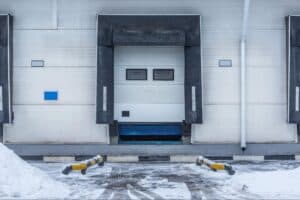 Along with lower temperatures, winter months also bring sleet, snow, and rain, which can interfere with climate systems and lead to uncomfortable and unsafe working conditions. Overcoming these challenges requires weather-resistant doors capable of withstanding ice, wind, and cold. Strong doors not only prevent heat loss. They also protect your equipment and inventory, and create a pleasant work environment. Choosing the right door produces significant savings, while ensuring compliance with government health and safety regulations. For businesses operating in frosty regions, here are the best commercial doors for cold weather.
Along with lower temperatures, winter months also bring sleet, snow, and rain, which can interfere with climate systems and lead to uncomfortable and unsafe working conditions. Overcoming these challenges requires weather-resistant doors capable of withstanding ice, wind, and cold. Strong doors not only prevent heat loss. They also protect your equipment and inventory, and create a pleasant work environment. Choosing the right door produces significant savings, while ensuring compliance with government health and safety regulations. For businesses operating in frosty regions, here are the best commercial doors for cold weather.
Rolling Steel Doors
Nothing withstands extreme weather better than steel. Rolling steel doors have a number of features that make them an effective and reliable option for cold climates, such as:
- Corrosion Resistance. Steel doors maintain structural integrity even when exposed to high levels of moisture.
- Wind Resistance. When closed, rolling steel slats lock together with specific windlocks, creating a nearly impenetrable barrier against air currents.
- High Tensile Strength. Sturdy construction allows steel doors to function seamlessly in harsh weather conditions, such as heavy rain, pelting snow, and turbulent winds.
- Temperature Stability. Steel has a low coefficient of thermal expansion, which means it expands and contracts little in high and low temperatures. While other materials warp in freezing temperatures, steel retains its shape.
- Durability. Snowy weather makes objects more brittle, adding to the stress your doors have to endure, including collisions, impacts, and natural wear. But high-quality steel can operate for decades in even the most difficult environments.
Keep in mind that while steel is low maintenance, steel doors still require regular service in order to resist ice formation and air infiltration. Guide tracks need to be kept clear of snow. Hinges, rollers, and springs need to be lubricated to prevent them from becoming stiff, freezing up or breaking.
Seals need to be checked for cracks or deformations. Motor housings need to be sealed to prevent moisture from shorting electrical systems. Inspections, preventative maintenance, and weather-resistant components will minimize these issues and extend the door’s lifespan while simultaneously lowering the cost of ownership.
Sectional Overhead Doors
Sectional overhead doors are particularly suited to cold weather, due to their design and insulating properties. Their slats are constructed with a tongue-and-groove system that closes together to create a tight seal against the elements, preventing cold air from interfering with your heating system. At the same time, the strong, seamless surface traps heat, stabilizing indoor temperatures.
What’s more, because they open vertically, sectional doors are less affected by snow, ice, and water accumulation around their base, which may be a problem for outward swinging doors. Sectional doors are also available in a wide range of materials, such as steel, wood, fiberglass, and aluminum, making them easy to customize to fit the needs of your business. If problems occur, damaged panels can be removed and replaced quickly, restoring the door to its original condition with minimal disruption and expense.
Insulated Service Doors
One of the best commercial doors for cold weather, insulated doors use polyurethane slats to create an effective barrier against the cold. Polyurethane minimizes heat transfer between conductive materials, otherwise known as a “thermal break.” Insulated doors reduce the number of cycles your furnace has to run in order to maintain a consistent temperature, which lowers energy bills while also keeping workspaces warm and productive. For companies that ship, store, and manufacture pharmaceuticals and medical supplies, insulated doors also make it easier to preserve items that require specific temperature ranges.
They also reduce mold and corrosion. In cold weather, differences between indoor and outdoor temperatures often lead to condensation on the door’s surface. However, strong insulation keeps the door’s temperature from falling below the dew point, eliminating excess moisture inside your building. It also protects door components susceptible to cold, such as motors, electronics, and lubricants.
High-Speed Doors
Also known as high-performance doors, high-speed doors open and close rapidly, at a speed of one meter per second, significantly decreasing exposure to outside temperatures and lessening the strain on your heating system. High-speed doors are normally installed in climate-controlled facilities, such as food processing centers, to minimize temperature fluctuations and maintain energy efficiency.
Thermal Curtains
Thermal curtains are made from polyvinyl chloride (PVC), a durable thermoplastic that covers the entire doorway. They’re a flexible barrier that allows forklifts and dollies to move unimpeded, while preventing warm air from escaping or wafting into different parts of your building at the same time. Thermal curtains are a popular choice for high-traffic areas. Unlike conventional doors, which have to remain open during loading and unloading operations, thermal curtains create a permanent but permeable barrier that can accommodate staff, vehicles, and equipment. When combined with sectional, insulated, or rolling steel doors, they provide comprehensive protection day and night.
Commercial Exterior Door Service and Repair
Doors exposed to cold weather experience an enormous amount of wear and tear. Vortex inspection and maintenance teams check and service critical parts, repairing damage before it escalates and results in significant downtime. Our technicians not only ensure commercial doors function reliably in all types of weather, they can even upgrade them, retrofitting doors and door frames in order to optimize their operation and ergonomics. Contact us today to learn more!

